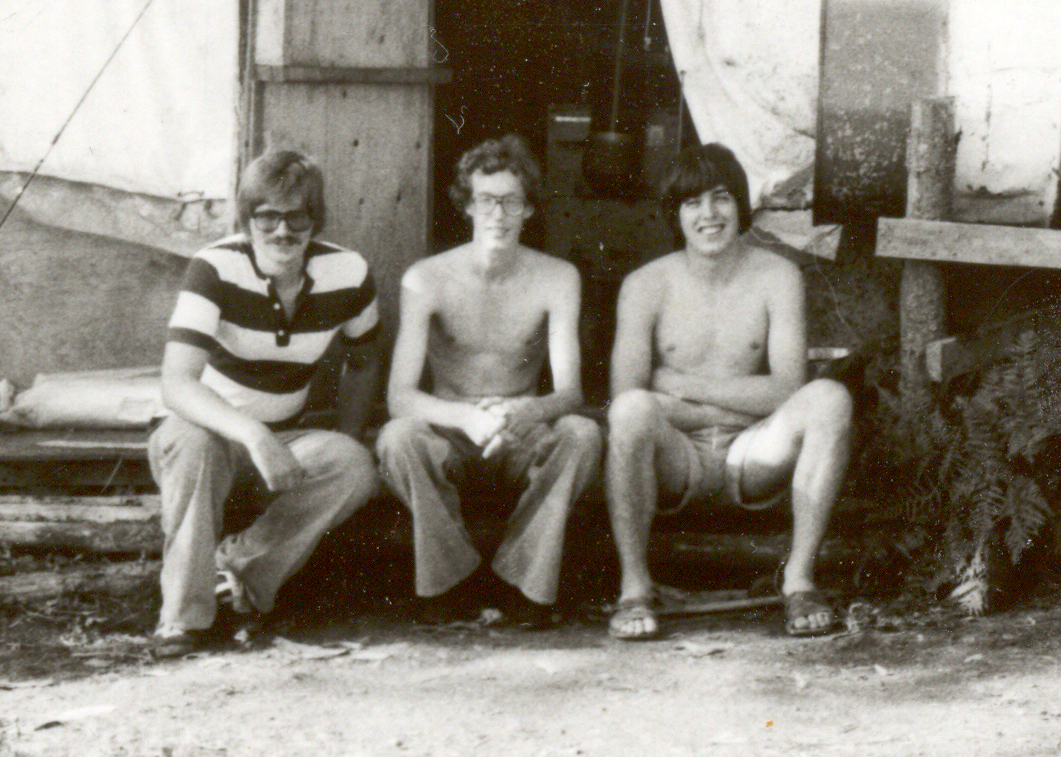Brian E. Fisher



Deceased: January 1, 2021
B. Sc. Honours Thesis
(PDF - 42.6 Mb)
The scheelite deposits of the Meguma Group of Nova Scotia are found within interbedded veins in the slates and quartzites of the lower Halifax and upper Goldenville Formations. The veins are found at the edge of or within slate beds and are parallel to the bedding. They range in thickness from 1-60 cm and contain predominantly quartz carbonate and arsenopyrite with traces of gold. The ore is found in rolls or pinches near the crest or on the limbs of large broad anticlines, some of which can be traced along strike for 150 km and have wavelengths of up to 15 km.
Five of the six producing scheelite deposits are found along the trend of a single upheaval, the Moose River - Waverley - Indian Path Anticlines, and account for 95% of tungsten production. Ninety percent of the tungsten comes from deposits where there is a sandstone:shale ratio close to 1.0:1.0. This area consists of roughly 15% of the thickness Meguma Group centering near the base of the Halifax Formation and the top of the Goldenville Formation.
It appears that the veins formed during the early stages of deformation and greenschist metamorphism in the Meguma. Horizontal fractures appeared within or next to slate beds which opened up allowing the metamorphic fluids to flow in from adjacent greywacke and quartzite beds. The first minerals to precipitate were scheelite and carbonates followed later by quartz, arsenopyrite, pyrite and rutile. The scheelite occurrences are restricted to the greenschist facies in both the chlorite and biotite zones.
The veins typically have open-space-filling textures with both the scheelite and carbonate on or near the wall. The sediments near the veins are predominantly quartz, chlorite, muscovite, arsenopyrite with minor amounts of plagioclase. The host rocks appear to be enriched in tungsten and contain large arsenopyrite crystals in pressure shadows, porphyroblastic biotite and chlorite, and "moth-eaten" or patchy like rutile.
Keywords:
Pages: 201
Supervisor:听 Marcos Zentilli



